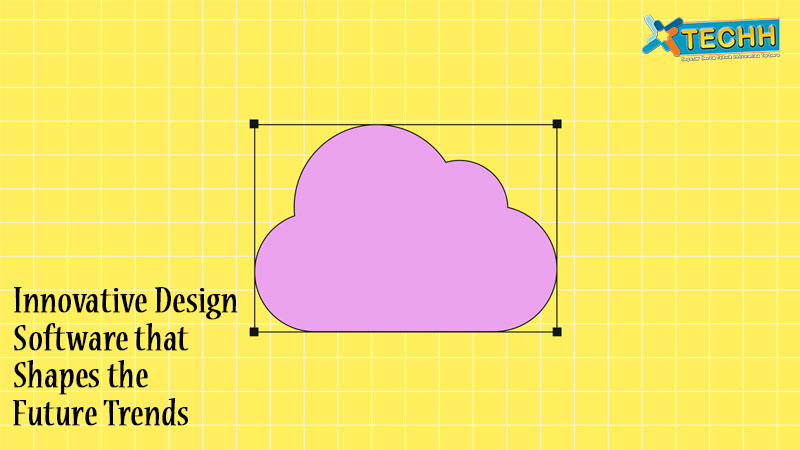Innovative Design Software that Shapes the Future Trends – Within the creative realms of the digital epoch, design software triumphantly emerges as an unsung hero, bridging imaginations and tangible realities. Innovative design software, an amalgamation of advanced technologies and artistic capabilities. Seamlessly intertwines futuristic trends, cementing itself as a foundational element in the evolution of design paradigms. This discussion navigates through the convoluted channels of innovative design software. Shedding light upon its dynamic impact on the birth and development of emerging design trends.
The Embodiment of Ideas into Visual Reality
The primal advantage of sophisticated design software is its unparalleled capability to metamorphose imaginative concepts into vivid visual forms, liberating designers from the constraints of physical media. It fabricates a playground where ideas are not merely incubated but are given wings, allowing exploration, experimentation, and subsequent innovation. Consider 3D modeling tools like Blender, SketchUp, and AutoCAD, which have recalibrated the compass in fields. Like architecture and product design, offering environments where creations can be visualized, scrutinized, and polished in virtual realms.
An Immersive Experience with AR and VR
Traversing beyond traditional design boundaries, Augmented Reality (AR) and Virtual Reality (VR) forge. Unprecedented pathways, delivering immersive experiences previously relegated to cinematic sci-fi. Now, designers craft not just static environments but dynamically interactive spaces. Wherein clients and users delve into rich, enveloping interactions with virtual entities. This not only amplifies the designer’s creative canvas but also spawns unexplored possibilities in conceptualizing, designing, and demonstrating products and spaces.
AI and ML: The New Design Companions
The intertwining of Artificial Intelligence (AI) and Machine Learning (ML) with design software has profoundly influenced the design journey. The infusion of AI into design tools paves the way for automation of mundane tasks, predicts user behaviors. And even meticulously generates design elements optimized against user preferences and historical datasets. Adobe Sensei epitomizes this, employing AI and ML to orchestrate task automation, honing the design process, and freeing designers to concentrate on paramount creative facets.
Cloud-based Design: Enabling Collaborative Creativity
Venturing into the realms of accessibility and collaborative innovation, cloud-based design software molds the future of collective creative workspaces. Platforms such as Figma and InVision dismantle geographical barriers, empowering designers to collaboratively innovate in real-time. These virtual arenas offer a unified space where ideas can freely percolate, be altered, and enhanced collectively. Cultivating a spirit of collaborative creativity that is vital in spawning innovative design outcomes.
Sustainability: An Integral Design Component
Focusing a lens on sustainability highlights a critical aspect in the future trajectory shaped by design software. With an escalating emphasis on eco-friendly and sustainable designs, software enabling designers to evaluate and optimize the sustainability index of their creations are soaring in significance. Tools that permit detailed analysis of material utilization, energy consumption, and overall environmental impact are pivotal. In nurturing designs that are not merely innovative but also environmentally cognizant and responsible.
Conclusion: Bridging Technology and Human Creativity
In sum, innovative design software unequivocally plays a cardinal role in crafting future design trends, inciting a paradigm shift that alters not only the creation but also the perception, interaction, and experience of designs. As we sail towards uncharted future territories, the journey of design software will undoubtedly be intricately woven with technological advancements, continuing to shape trends and laying down paths for unimaginable innovations in design landscapes.
However, it is crucial to note that as design software propels us into new realms of creativity, the inherent human aspects—ethics, aesthetics, and sensibility—must remain at the forefront. Design software, while a potent tool, should be wielded with empathetic and mindful application, crafting designs that resonate, impact, and eternally echo through time.





